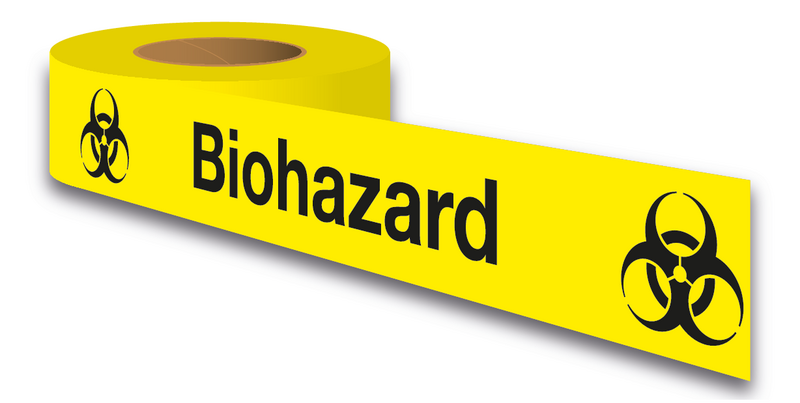Biological hazards, commonly known as biohazard causes, encompass a wide range of harmful biological substances that pose significant risks to human health and the environment. These hazards can originate from various sources, including microorganisms, toxins, and bioactive substances. This article explores the causes of biohazards, their potential impacts, and effective strategies for mitigation.
Introduction to Biohazard causes
Biohazards represent a serious concern in multiple settings, from healthcare facilities to laboratories, and even in everyday environments. They can lead to infections, allergic reactions, and other health issues, making it crucial to understand their origins and take appropriate precautions.
What is a Biohazard?
A biohazard causes is any biological agent or condition that poses a threat to humans, animals, or the environment. This includes bacteria, viruses, fungi, and other microorganisms, as well as the toxins and byproducts they produce.
Classification of Biohazards
Biohazards are typically classified into four risk groups based on their pathogenicity, mode of transmission, and the availability of effective treatments:
- Risk Group 1: Low risk, unlikely to cause disease in healthy humans.
- Risk Group 2: Moderate risk, can cause human disease but rarely serious.
- Risk Group 3: High risk, can cause severe human disease, with limited treatment options.
- Risk Group 4: Extreme risk, causes life-threatening diseases with no effective treatments.
Common Causes of Biohazards
Understanding the causes of biohazards is essential for effective prevention and control measures. Here are some of the primary sources of biological hazards.
Pathogenic Microorganisms
Pathogenic microorganisms, including bacteria, viruses, fungi, and parasites, are the most common causes of biohazards. These organisms can cause a wide range of infectious diseases in humans and animals.
Toxins and Bioactive Substances
Toxins produced by microorganisms, plants, and animals can be highly toxic to humans. These bioactive substances can cause serious health effects even at low concentrations.
Contaminated Medical Waste
Medical waste, such as used needles, syringes, and bandages, can harbor infectious agents. Improper disposal of medical waste can lead to the spread of biohazards.
Laboratory Accidents
Accidents in laboratories handling hazardous biological materials can result in the release of biohazards. Proper safety protocols and equipment are essential to prevent such incidents.
Environmental Sources
Biohazards can also originate from natural environmental sources, such as contaminated water or soil, and from animal carriers of infectious diseases.
Impact of Biohazards on Health and Environment
Biohazards can have far-reaching effects on human health and the environment. Understanding these impacts is crucial for implementing effective control measures.
Health Implications
Exposure to biohazards can lead to various health issues, ranging from mild allergic reactions to severe infections and diseases. Vulnerable populations, such as the elderly, children, and immunocompromised individuals, are at higher risk.
Environmental Consequences
Biohazards can contaminate water sources, soil, and air, leading to widespread environmental damage. This can affect wildlife and disrupt ecosystems, further exacerbating the spread of biological hazards.
Economic Impact
The economic impact of biohazards includes healthcare costs, loss of productivity, and expenses related to containment and cleanup efforts. Outbreaks of infectious diseases can also lead to significant economic disruptions.
Strategies for Mitigating Biohazards
Effective mitigation of biohazards involves a combination of preventive measures, safety protocols, and emergency response strategies. Here are some key approaches to reduce the risk of biohazard exposure.
Personal Protective Equipment (PPE)
Using appropriate PPE, such as gloves, masks, and protective clothing, can significantly reduce the risk of exposure to biohazards, especially in healthcare and laboratory settings.
Proper Waste Management
Implementing strict waste management protocols for the disposal of medical and biological waste is essential to prevent the spread of biohazards. This includes the use of designated containers and proper disposal methods.
Environmental Controls
Maintaining clean and hygienic environments, including regular disinfection and sterilization procedures, helps minimize the presence of biohazards in public and private spaces.
Education and Training
Providing education and training on biohazard risks and safety protocols to healthcare workers, laboratory personnel, and the general public is crucial for effective prevention and response.
Emergency Response Planning
Developing and implementing emergency response plans for biohazard incidents ensures that appropriate measures are taken promptly to contain and mitigate the impact of biological threats.
Biohazard causes pose significant risks to human health and the environment, making it essential to understand their causes and implement effective mitigation strategies. By recognizing the sources of biohazards, their potential impacts, and adopting appropriate safety measures, we can protect ourselves and our surroundings from these biological threats. Whether in healthcare settings, laboratories, or everyday environments, vigilance and preparedness are key to managing biohazards effectively.

